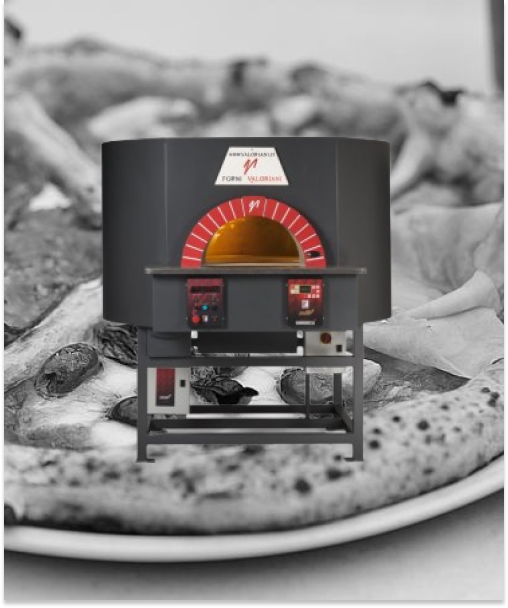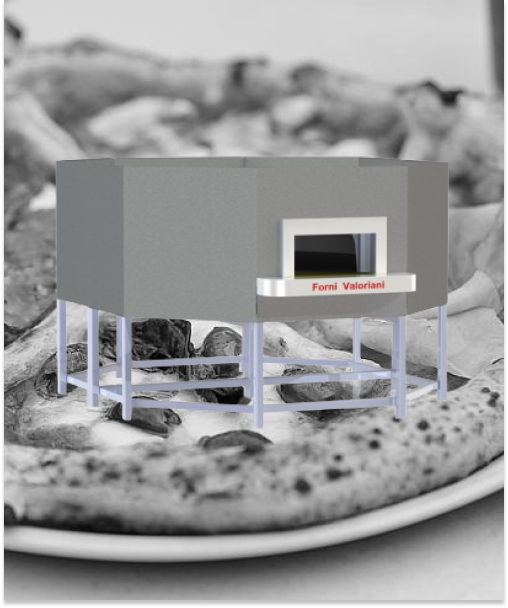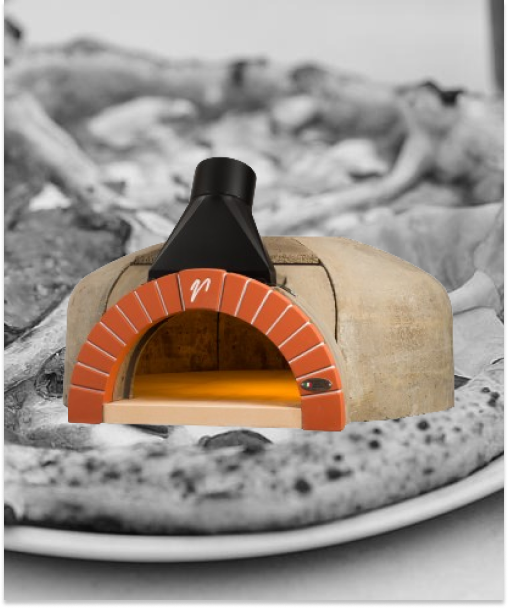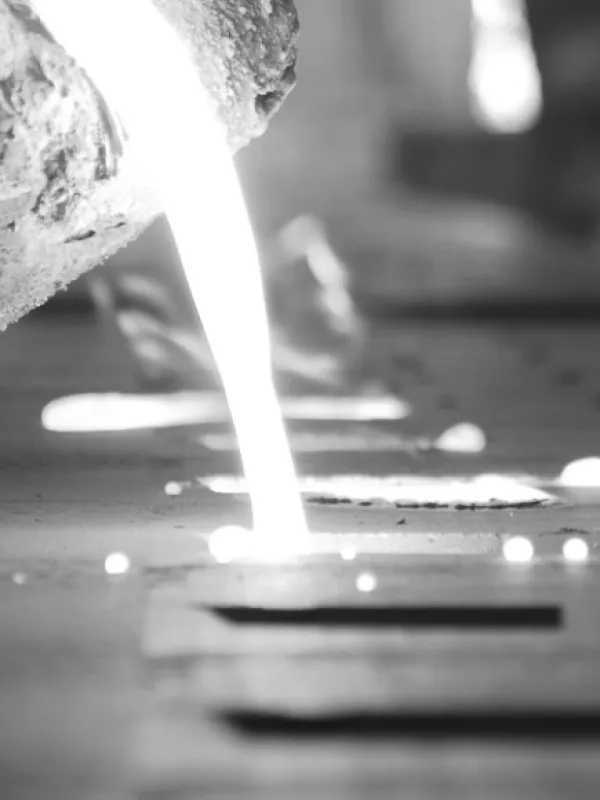High Performance Woodfired Ovens
COOKING CLASSES
Valoriani reveals secrets to the perfect traditional pizza dough
Thanks to the pizzeria experts at Valoriani in Italy, here are some tips and answers top your questions about how to create the perfect pizza dough.
What does the pizza wholesome goodness depend on?
The pizza wholesomeness depends on both objective and subjective factors, since every single person’s taste is different. As an objective parameter, we could say that a pizza is good when digestible. This feature can be obtained with a deep knowledge of ingredients and with a proper making process. First of all, it is important to choose the most suitable flour for your demand, then on its basis the most proper making process needs to be followed. Briefly, the quality depends on the lightness and the digestibility of the product.
Which one is the most suitable pizza flour?
The flour is classified on the basis of its refining level: the whiter it is, the more it is refined: we start from the 00 flour, to the 0 one until the whole one. The pizza can be made with any kind of flour, since any product has its own end use. For the classic pizza, that needs to bake in a short time and to support an ingredients topping, the most suitable flour is the white one. In fact, this flour is able to keep the rising gas and to blow up fast, in order to release the water from the dough and to reach the right consistency. A pizza is well baked when the inside has a clear colour and it is crispy outside.
What does leavening mean?
The leavening is the swelling of the dough: the first step happens at the end of the making process, a second step happens inside the oven. The gas developing is fundamental, since a dough that has not had a proper leavening cannot bake as it should. The digestibility is not just linked to this process, but it depends also on its extension for the time needed. This chemical-enzymatic process, is called “maturation” and it can have different durations according to the kind of flour used. It does not depend on the refining, but on the protein content (flour strength): the flour disposition, once kneaded with water, to develop the gluten shield, which is to say the element that appears as an elastic and resistant tissue capable to give mechanics to the dough. The strength of the flour depends on the features of the milled wheat, since every kind of wheat has its own characteristics on the basis of its protein percentage.
How do you choose the flour?
The flour needs to be chosen according to the time we can give to the maturation process, since its purpose is to the develop the proper acidity level. The “weaker” flours, with a lower protein level, are more suitable for short maturations, while the stronger ones needs a longer process.
The dough life can be divided into 3 phases:
– Rising leavening: young dough
– Usability period: proper leavening and maturation, optimal acidity level
– Leavening collapse: excessive maturation, dough too acid
On the basis of the flour strength, the duration of the three phasis is different. For the weaker flour the life cycle last a day, the medium strength flours last until the following day, while the stronger flours (for which usually the maturation happens in the fridge) last up to 5-7 days.
Which are the golden rules to make a perfect dough?
The making process of the dough is quite of an exact science. The ingredients (liquids included) need to be weighten before starting and not added roughly, and a proper process needs to be followed. The proper flour needs to be chosen and the dough temperature needs to be around 24 °C, on this basis it is important to regulate the water temperature. Moreover, the right amount of salt needs to be added, as it controls the leavening and works on the gluten shield toughness, thus helping to strengthen the dough. Usually, the medium water quantity is 60 gr per litre, but it can go from 50 to 65 gr. No sugars have to be added and the oil is not fundamental.
How to proceed with leavening?
The dough needs to rest for about half an hour on the worktop, afterwards you make some balls that will stay at room temperature until the leavening begins. The balls (around 200 gr each) have to be maximum 8-12 per tray, far between. At this point the balls are put into the fridge at 1-2 °C, and usually in 3-4 hours the dough reaches 2 °C. This is when the leavening stops because the yeast is inhibited, but the maturation goes on: the proper acidity level is developed for the product to be digestible. The more the dough is mature, the harder it is to handle it, but the result is an intense and authentic taste and smell.
What is the proper ratio water – flour?
According to the kind of flour, the water is absorbed differently. For example, the stronger flours absorb more water. The range goes from 550 gr of water per 1 Kg of flour for the weaker flours, to 600 gr of water per 1 Kg for the stronger ones. In theory, you can add up to 1 Kg of water per 1 Kg of flour but, the more the dough is hydrated, the harder it is to handle. The result is a pizza which is lighter and voluminous.
Which one is the order to follow in adding ingredients?
The order depends on the making process, since there are many different methods. Generally, there are two mistakes that is important to avoid: to leave the salt reacting with the yeast, and to add oil before water. In the dough machine everything might be added together.
Is the oil fundamental? Which one gives the best results?
The oil is not a fundamental ingredient, but it helps to reach a higher volume during the baking, even though it is important to be careful not to bake at too high temperatures. In fact, the oil does not evaporate like the water does, therefore it stays in the dough and hydrates it. For example, the oil is recommended to let the pizza by the slice soft for longer, thus making it last a little bit more. Moreover, it is important for the oil to have a high smoke temperature, to defy the heat and not to contain allergens (like peanut oil). Oilseed is recommended to obtain a certain crispiness, olive oil to give the dough a good smell and friability; both kinds of oil can also be mixed. Also lard or other fats might be added, but they always need to be declared to the client. These fats are not fundamental ingredients of the dough, actually sometimes they are not recommended. For example in the making process of Neapolitan pizza they should not be used, since the baking happens at really high temperature in a really short time, therefore the risk for the oil is to burn.










